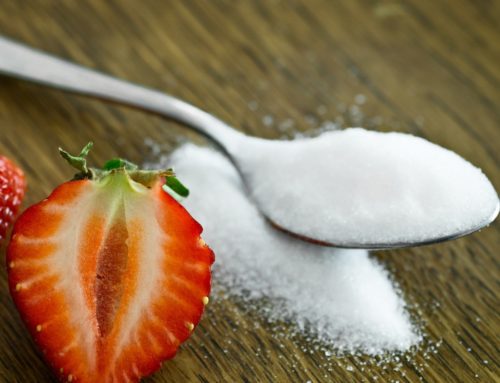Aloe vera is often used for sunburn relief or to sooth inflamed skin. But for internal use the list of aloe vera benefits is even longer.
Aloe vera is a succulent plant that thrives in warm climates. It contains two medicinal substances; gel and latex. The gel is a clear substance held inside the leaves. It can be applied topically or taken internally. The latex is yellow in color, and derived from just below the skin of the aloe. The latex is often used for its laxative properties.
Aloe vera is soothing in nature, and has the ability to cool and ease inflammation. It can easily be considered a superfood. It’s rich in vitamins, minerals, amino acids, enzymes and antioxidants. Aloe also contains an array polysaccharides that have been researched for their immune modulating and anti-inflammatory benefits 1. It’s also been shown to support digestive health, prevent constipation and heal stomach disorders.
Aloe vera gel or juice can be purchased from a health food store for drinking, or you can make aloe water using the inner soft portion of a whole aloe leaf by adding it to a pitcher of water.
How to Use Aloe Vera for Better Digestion
1. Relieve acid reflux
Aloe vera is viscus allowing it to coat, protect and nourish the tissues of the esophagus and stomach. It has also shown in studies to reduce symptoms of gastroesophageal reflux disease (GERD)2, and help to prevent prolonged exposure of stomach acids to the sensitive tissues of the esophagus3.
2. Heal ulcers
Ulcers, which are often caused by the presence of a bacteria called helicobactor pylori (or H. Pylori) can create sores in the protective mucosal lining of the stomach. Aloe vera can help to heal ulcers by promoting the production of protective stomach mucus lining. It can also help to reduce inflammation for natural effective pain relief4.
3. Treat constipation
The latex component of aloe vera contains anthraquinone glycosides, natural compounds with gentle laxative properties5. This makes aloe vera an effective option for reducing and relieving constipation and encouraging bowel movements. Constipation can be the result of a number of factors including dehydration, or lack of dietary fiber. Aloe vera helps to naturally hydrate the colon, and encourage healthy intestinal muscle contractions for healthy bowel movements. Drinking aloe vera juice is an easy and gentle way to encourage regularity without overstimulating the bowel and experiencing cramping.
4. Fight candida overgrowth
With immune boosting and anti-bacterial properties, aloe vera can help to manage candida overgrowth. A normal healthy intestinal microbiome contains good bacteria, bad bacteria and yeast, with the right ratios to keep everything in balance. But with high sugar diets, antibiotics, environmental chemicals and even stress, that balance becomes harder and harder to maintain. These factors can all contribute to a yeast overgrowth of candida albicans. Candida albicans increases sugar cravings, affects your digestive health and releases toxins that impact the liver. Aloe vera can help to restore the health of the microbiome, by inhibitingt the growth of candida with its antimicrobial benefits6. Aloe can also help promote the growth of healthy digestive bacteria to support intestinal balance.
5. Heal leaky gut
Leaky gut is a condition where incompletely digested proteins are able to slip through the intestinal walls and begin to create inflammation in the body. Aloe vera helps to sooth and heal the damaged intestinal lining of a leaky gut. Including aloe vera in your diet can also help to prevent leaky gut by dealing with some of the culprits that cause it. Candida, chronic constipation and acid reflux can all contribute to intestinal permeability, while aloe vera helps to provide nourishment and relief to each of these. Healing leaky gut can help to increase nutrient absorption, immunity and bowel regularity for a healthier digestion system.
Chew on this
Aloe vera is a succulent with a long list of digestive health benefits. It soothes inflammation and helps to encourage the healing of the intestinal lining.
Try it at home by making aloe water. Find a large aloe leaf from health food or speciality stores. Cut the leaf down the centre and scoop out about 2 tbsp of gel to combine with a cup of water. You can use a blender for better immersion. If you don’t like the taste try adding a squeeze of lemon or lime juice with some cucumber slices for a more refreshing drink.
Have you ever used aloe vera in your household? Tell us how in the comments below.




